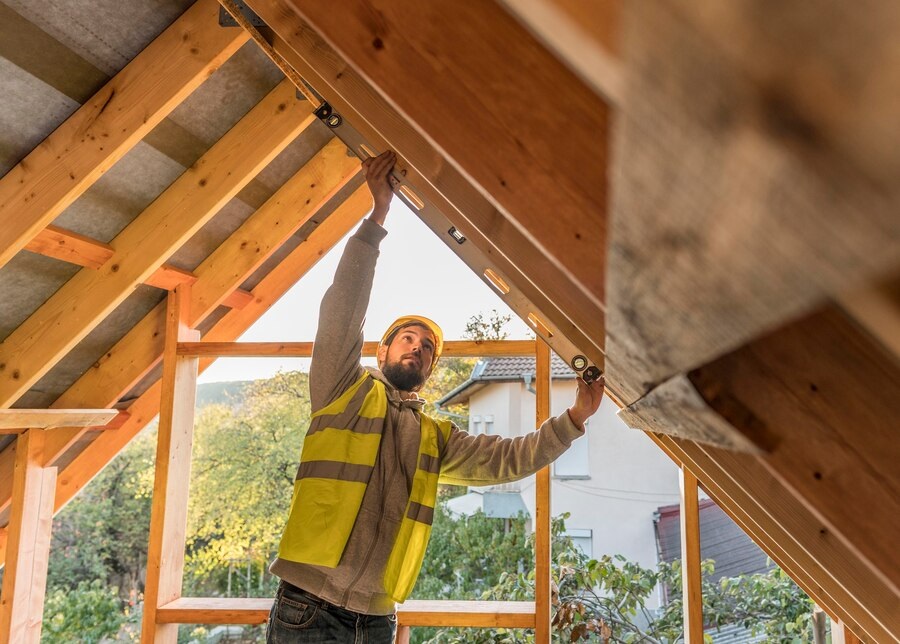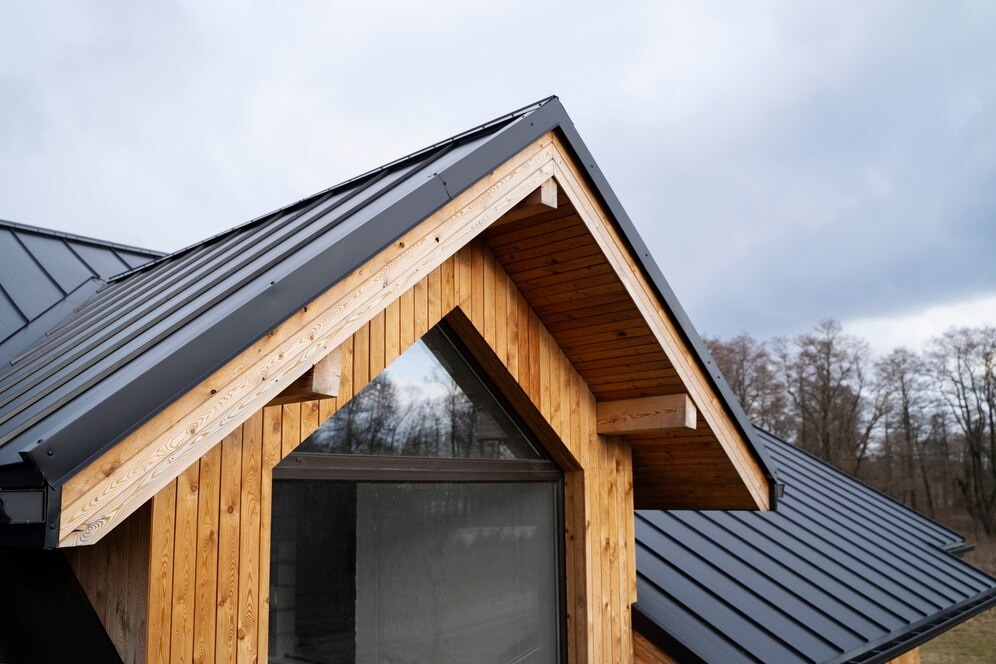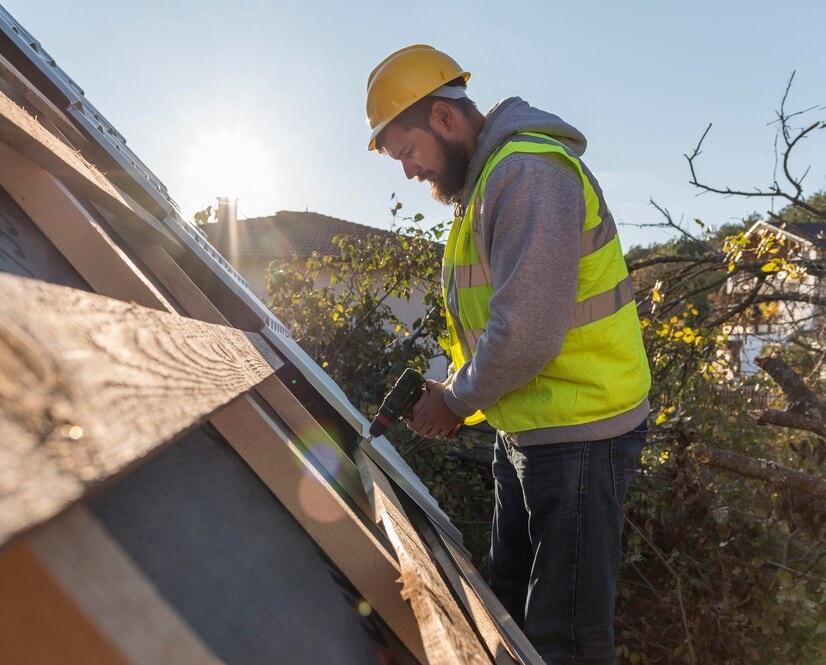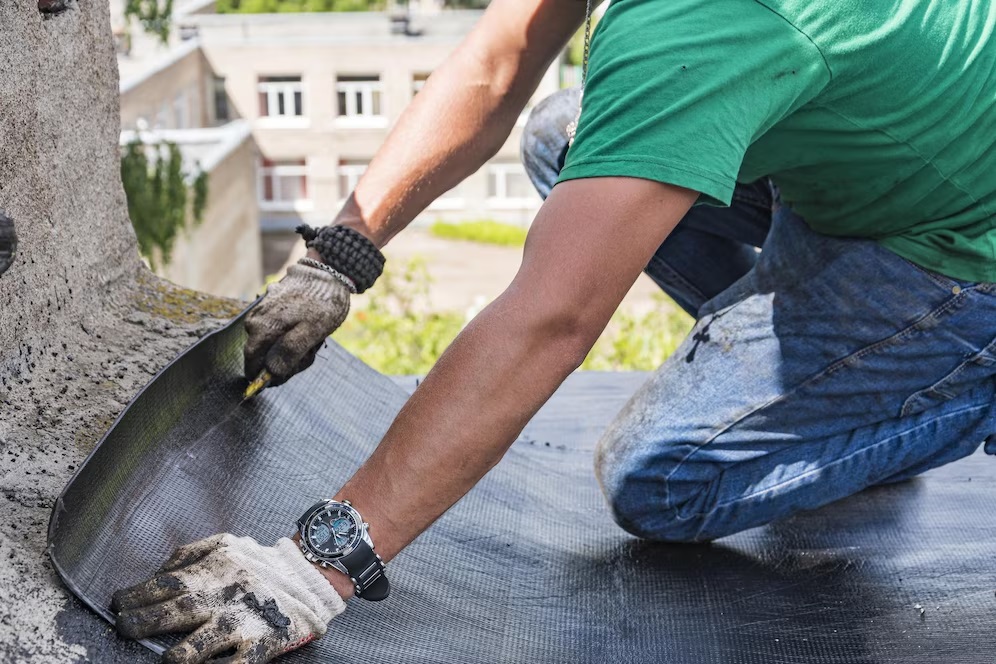
It is no secret that people are flocking to Arizona in droves. The warm weather and beautiful scenery is attracting just as many remote professionals as retirees these days. However, while the climate in Arizona is generally serene, there can be a harsher side that rears its ugly head from time to time. According to the Arizona Department of Transportation, the monsoon season in Arizona begins in June and runs through September. This can bring violent rainstorms, flash flooding, and lightning-induced wildfires. With this in mind, it is critical that Arizona roofs are up to the task of handling a wide range of challenges. From sun exposure to storms, keep reading as we provide insight on how to protect your roof in the Arizona climate!
Choose Reflective Materials

Although many people move to Arizona because of the sun, there is no doubt that it can be one of your roof’s worst enemies. From UV damage to unwanted heat transfer, the sun will put Arizona roofs to the test like few other states in the country.
As such, it is critical to choose roofing materials that are high in reflective properties. Metal roofing is a great choice in this regard. Metal roofs will not break down in the face of extended UV exposure like basic asphalt shingles, which can begin to crack and blister from UV degradation in as little as a few years. In addition, metal roofs have the highest fire rating on the market.
What about terracotta and other types of clay tile roofing? While these types of roofs do offer many benefits for Arizona homes, it is important to ensure that they are properly curved, installed correctly, and are treated with a reflective coating. If not, the high thermal mass of clay can absorb the sun’s rays and continually release heat long after the sun has gone down, causing the home to sizzle at all hours of the day.
Perform Regular Inspections
Many homeowners take an “out of sight, out of mind” approach to their roof, neglecting to give it any attention until an issue arises. This is especially relevant in Arizona, where extended stretches of beautiful weather can cause a bit of complacency in homeowners. However, an unnoticed issue can quickly devolve into an unmitigated disaster once the peaceful conditions take a break. As such, it is critical to get on top of your roof at least once a year to make sure that there are no points of weakness. If you are not comfortable assessing the quality yourself, it is worthwhile to contact Phoenix Roofing contractors or other professional inspectors to give you peace of mind.
Carry Out Routine Maintenance

Because of the extended UV exposure, Arizona homeowners need to perform maintenance activities on a proactive basis. Tasks such as pressure washing, sealing wood shingles, cleaning gutters, and trimming overhanging branches should be conducted as part of a regular schedule. Once an issue arises, it can exponentiate quickly, so it is vital to stay one step ahead of potential trouble.
Promote Adequate Ventilation
Although Arizona is not one of the most humid regions of the country, it is still important to ensure that the roof is properly ventilated. When the monsoon season arrives, moisture can quickly build up in poorly ventilated attics and crawl spaces, leading to a moss and algae problem for the roof. Explore aluminum soffit colors to find a style that matches the design of your roof and to help guarantee the proper flow of air through the roof’s eaves and overhangs.
Make Sure the Drainage Is Adequate
It is critical that Arizona roofs have a strong drainage infrastructure that will perform well once the monsoons arrive. Occasionally clearing the gutters is not enough. There is far more to a comprehensive roof drainage system, such as:
- Roof crickets
- Downspouts
- Drip edge flashing
- Cornices
Having the proper drainage elements guarantees that a large influx of moisture will not back up and cause damage to the roof’s substrate.
Understand the Power of Insulation

Due to the extended sun exposure, even the most reflective roofing materials will cause some heat to be transferred to the home’s interior. It is just a fact of life when living in Arizona. However, this heat transfer can be greatly limited when adequate insulation is applied to the roof substrate. For example, rigid polyiso roof cover board can effectively absorb heat without adding a significant amount of weight to the roofing system. This can help keep the interior temperature of the home stable even in the most extreme conditions and reduce the amount of energy consumed on air conditioning.
The Final Word on Protecting Your Arizona Roof
While Arizona is known for its beautiful weather, extended sun exposure and seasonal monsoons can create some unique challenges for Arizona roofs. By considering the pro tips listed above and the other valuable resources at Arizona Foothills Magazine, homeowners can give their roofs the best chance for success in the Valley of the Sun!
